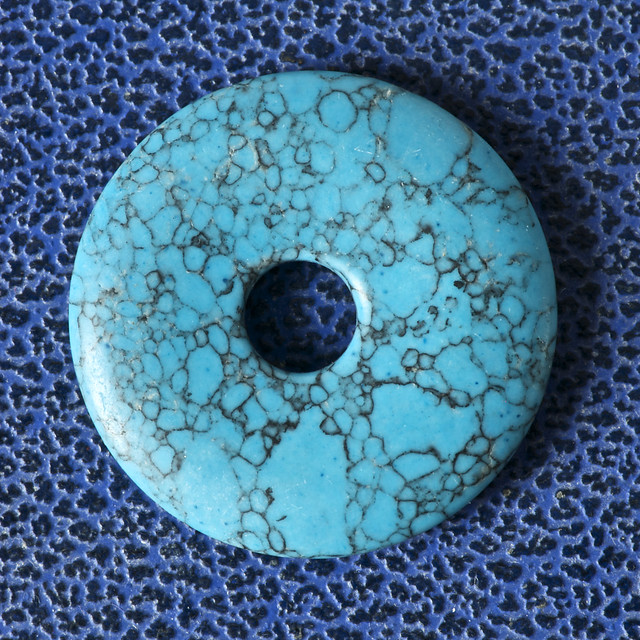In today's fast-paced world, many people are seeking a way to get away from it all and relax. Meditation, which is essentially a method to obtain a level of deep thought and relaxation, is one way to find inner peace and tranquility. Many people think of monks or other spiritual types sitting in crossed-leg position and reaching states of bliss when they think of meditation, but there are many ways to meditate. While there are many ways to reach a meditative state, there really are no right or wrong ways to meditate (this would defeat the purpose), only practice and finding ways that feel right for you.
 |
| Meditation - Photo by geishaboy500 |
No matter what the method, the tools used in meditation are there to help users reach a state of mental relaxation. Many meditation techniques help you clear your mind of the constant thoughts that normally run through the mind. In reducing or eliminating these thoughts, one can reach a state of deep thought that is associated with meditation.
There are two primary approaches to meditation, which are concentrative meditation and mindfulness meditation. In concentrative meditation, the practitioner focuses on breath, an object, or a sound (mantra). In mindfulness meditation, the practitioner sits quietly and "observes" everything in the environment, including thoughts, sounds, smells, and more. In this form of meditation, the practitioner practices not reacting to the environment (both internal and external), which can lead to a greater ability to act in a non-reactive way in daily life. Both forms of meditation are useful, and one is no better than the other is. Personal preference may determine which method you choose, and you can always try both.
Both physical and mental benefits can result from meditation. This can include increased heart health through relaxation, lowered cholesterol and blood pressure, and a more youthful feeling. Mental benefits can be an increased sense of well-being, decreased anxiety and depression, and emotional stability. Meditation should not be used as a cure for physical or mental ailments, however, but it can be a powerful supplement. Those with physical or mental health conditions should consult with a health care professional before beginning a meditation practice.
Meditation can be quite physical, such as with some types of yoga, or seemingly passive, such as in mindfulness types of meditation. In addition to the types of meditation, there are different stages as well. Generally speaking, in early stages of meditation, the practitioner is more aware of the practice. He or she may have difficulty concentrating on the breath or not reacting to thought. With practice, this moves into a stage where one is much less aware. This is followed by a stage of bliss, which is followed by a very deep sense of self, followed by an ability to reach a stage of deep stillness.
There are many resources available on meditation. Those new to the practice may opt to take part in a class or guide when beginning. Others may prefer to read up on the various options and practice on his or her own. Visit the local library for books and resources or visit a yoga or spiritual center. Meditation can be an enjoyable experience and provide balance to an otherwise hectic life.
